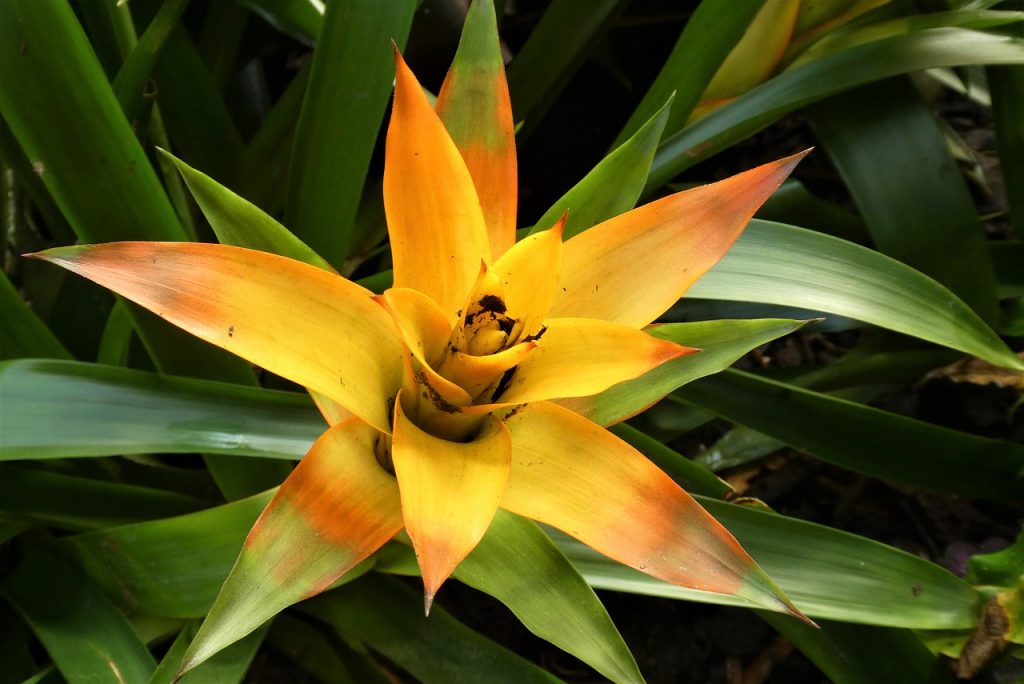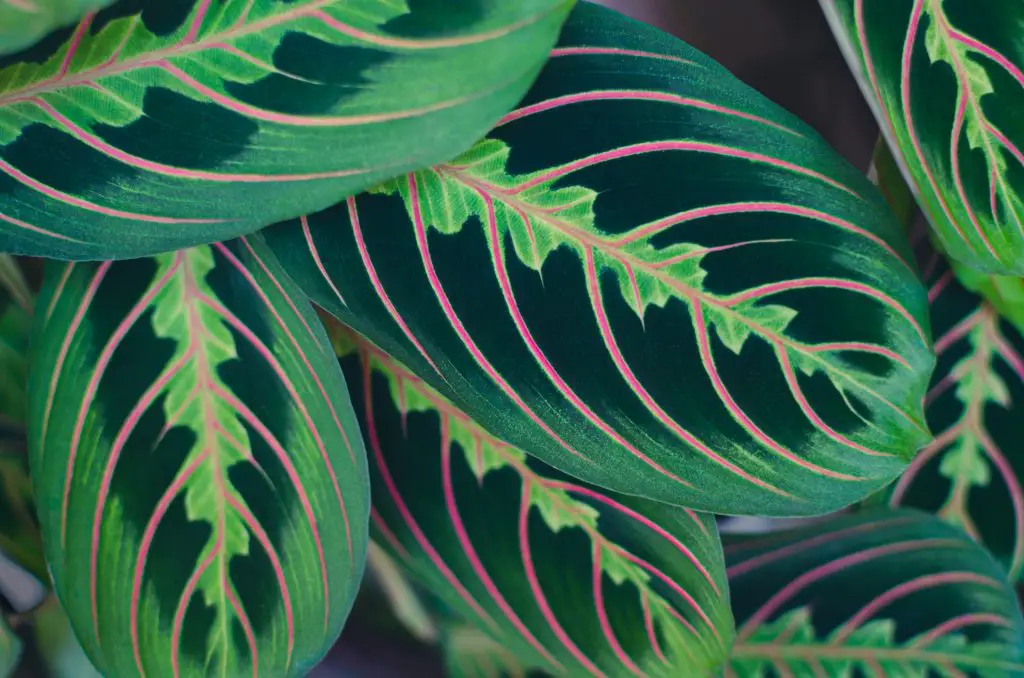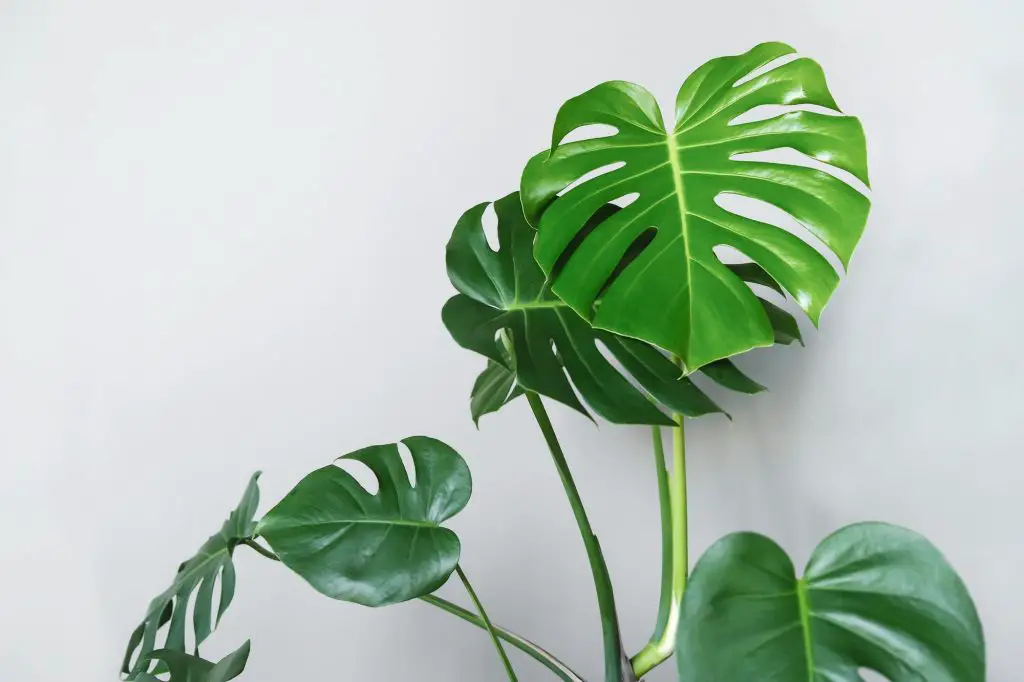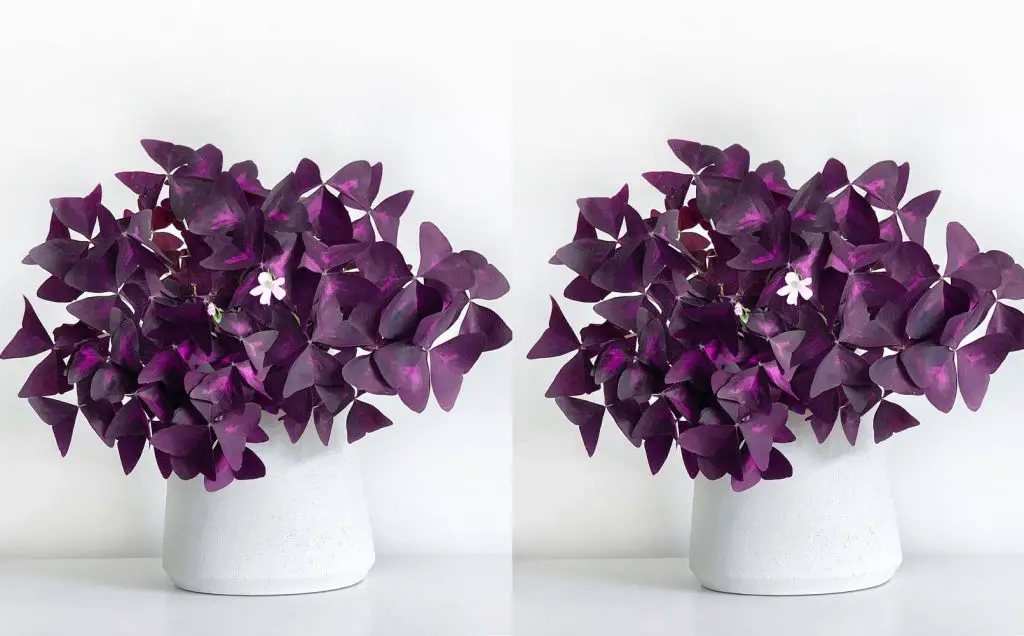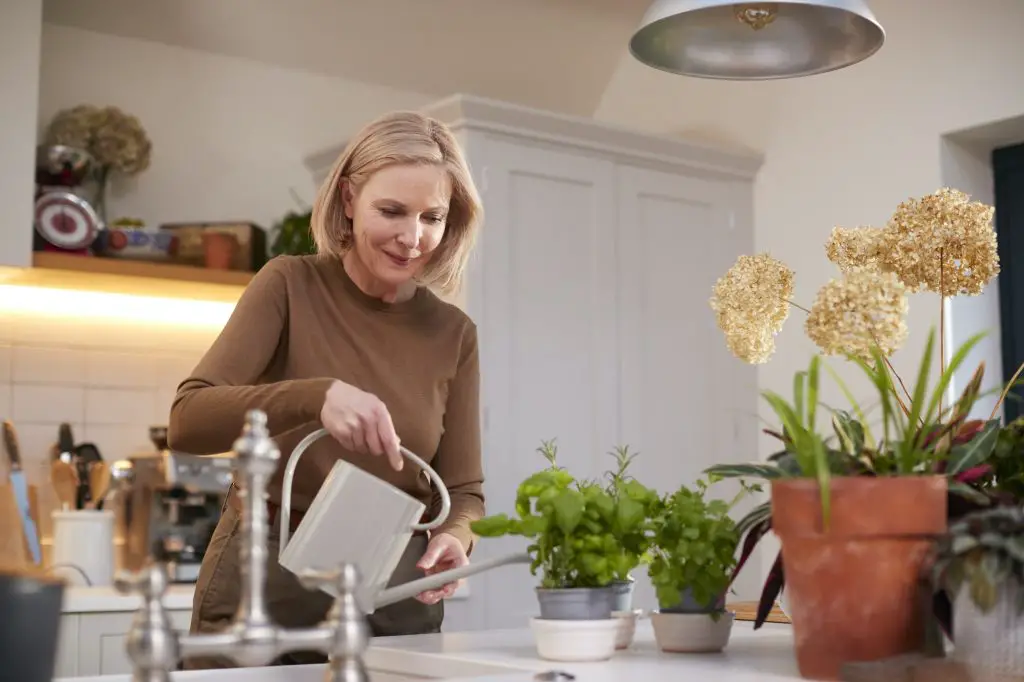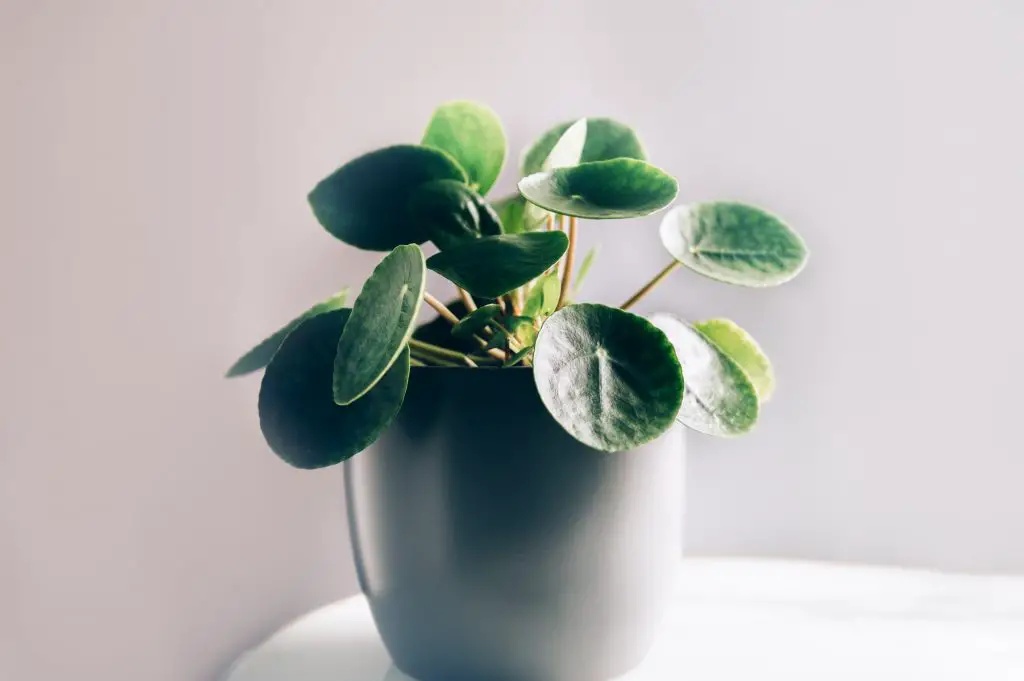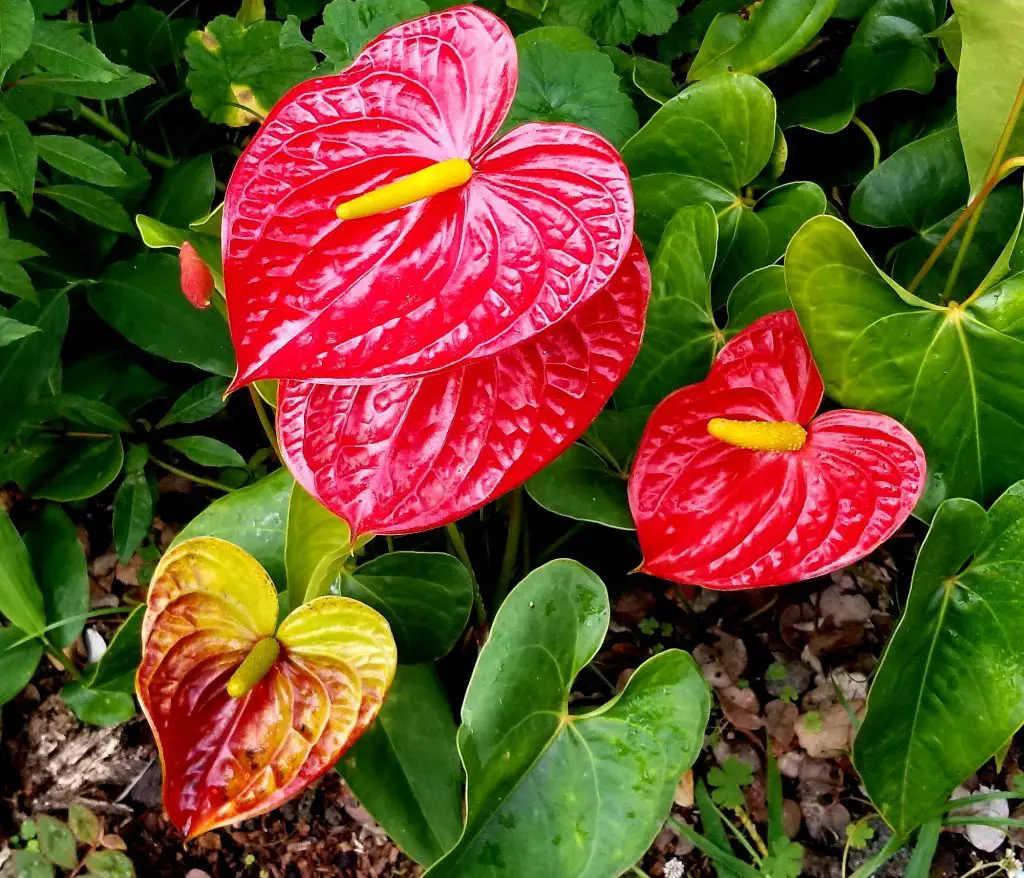Most house plant growers usually select the Bromeliads plant as their favorite because of its benefits health-wise and aesthetically and also the easy maintenance it requires to survive.
Despite it being a favorite amongst house plant growers, the house plant may be a cause of worry to its growers as certain mishaps happen during the growth process which may be challenging. One of such mishaps is the Bromeliad plant turning yellow.
Usually, when growers notice that the bromeliad plant has started to turn yellow, they are concerned that may have made a costly mistake or omitted a vital stage in the propagation process.
Have you noticed your bromeliads turning yellow recently and you do not understand what happened, keep reading to find out the causes, what you can do about it, and how to prevent it?
Related: Are Bromeliads Easy to Care For?
Table of Contents
6 Reasons Why Your Bromeliads Are Turning Yellow
The following reasons would help you understand why your bromeliad is turning yellow.
1. Improper Soil Moisture
Proper soil moisture is one of the essential requirements of sustaining the survival of a Bromeliad plant. Proper soil drains quickly and is aerated.
The soil must be able to withhold moisture to keep the roots moist however not soggy. If your soil is soggy, it means there is too much water in it which has not been drained and it can lead to a stem or root rot which would affect the foliage appearance of your bromeliads as they usually start to turn yellow.
You mustn’t go overboard in watering your plant as it is a major cause of bromeliads turning yellow. Is this why your bromeliad has turned yellow? Always ensure your bromeliad pots have drainage holes; the drainage holes help expunges excess water from the soil.

2. Lighting
Is your bromeliad plant receiving the adequate lightning it needs to survive? Bromeliads need bright although not direct sunlight to thrive. If placed indoors, you can place your bromeliad under a bright lamp to give it the lightning it requires.
If outdoors, you can place it in between trees and plants that would provide shades and prevent it from direct sunlight which can cause a decline in its growth and appearance. If bromeliads are directly exposed to the sun for a long period, they will scorch and lose their bright color; this is when you notice your bromeliad has started turning yellow.
3. Infestations May Cause Your Bromeliad Leaves to Turn Yellow
Infestations occur when there is an attack of insects or bugs on your plant; this has the ability to stealth the growth of your Bromeliad. An infestation may occur when there is a change of environment, for instance, you move your Bromeliad from an outdoor environment to an indoor environment.
Some insects to look for are Aphids, mealybugs, or scales. Bromeliads can be damaged by pests as their toxins can be harmful to the thriving of the plant. Most times, proper and regular inspection will help identify a pest infestation soon enough before it gets out of control.
4. Inadequate Watering
Despite the emphasis on not overwatering your bromeliad, some growers completely neglect their Bromeliad by not giving it the required amount of water it needs to survive.
If the soil of your bromeliad is dry, the roots of the plant become deprived of certain nutrients. This may be the reason your bromeliad is turning yellow. Ensure that you always water your bromeliad adequately.
5. Wrong Humidity Levels
If you reside in an area that has a low- humidity level, your plants may be affected because they would dry out faster than a bromeliad in a high humidity environment. Humidifiers are helpful if you are posed with this challenge. Humidifiers are almost necessary for winter seasons or extreme weather conditions.
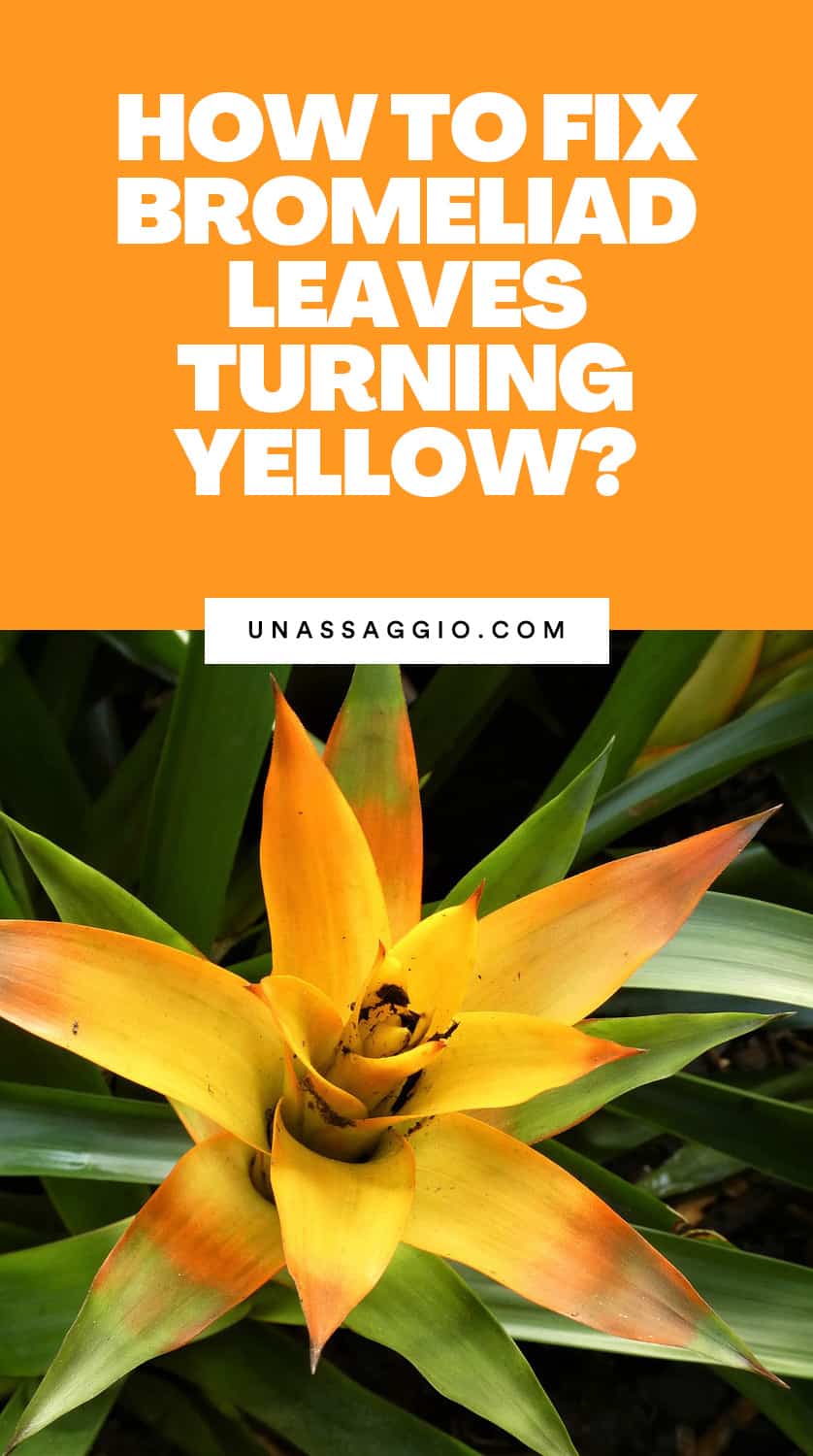
6. Growth Process
Your bromeliad might just be perfectly okay. If none of the above reasons signify the cause of your bromeliad turning yellow. In the growth process, older bromeliads are prone to turning yellow; The older leaves at the bottom of the Bromeliad are more susceptible to turning yellow.
What to Do About Bromeliad Leaves Turning Yellow
- Do not go overboard in watering your plant and do not deprive your plant of the adequate water it requires.
- In cases of infestation, you can remove the affected plants from the healthy ones to curtail the spread but if it goes out of control, see a professional grower for recommendations.
- In low-humidity areas, use humidifiers. Here’s a list of the ones we recommend or just tap the button below to buy our preferred option.
- Use appropriate containers and pots to ensure proper drainage for your bromeliad soil
- ✔️ THE PERFECT BALANCE BETWEEN POWER AND PORTABILITY. The lightweight compact, slim design makes it the perfect choice for any environment. A great humidifier for bedroom, office, baby room, or car, just turn it on, and enjoy better, healthier air.
- ✔️ BOOST COMFORT LEVELS INSTANTLY! The ultrasonic cool mist humidifier comes with two mist modes - continuous & intermittent - able to change the environmental humidity in minutes. An intuitive one-button control, without needless and complicated settings, and an auto shut-off feature for your safety and calmness.
- ✔️ ENHANCED RUNTIME CAPABILITIES. Compared to other air humidifiers, the robust, straightforward features of Erie humidifier make it a lifetime gadget. With instant refill and no maintenance needed, it delivers up to 8 hours of runtime.
Prices pulled from the Amazon Product Advertising API on:
Product prices and availability are accurate as of the date/time indicated and are subject to change. Any price and availability information displayed on [relevant Amazon Site(s), as applicable] at the time of purchase will apply to the purchase of this product.
Final Thoughts
With all of these, you should have discovered why your bromeliad is turning yellow and if the hints are followed, you can protect your future bromeliads from the same challenge.
Remember that Bromeliads are not friendly with oils as they can suffocate the plant and this hinders its growth.

